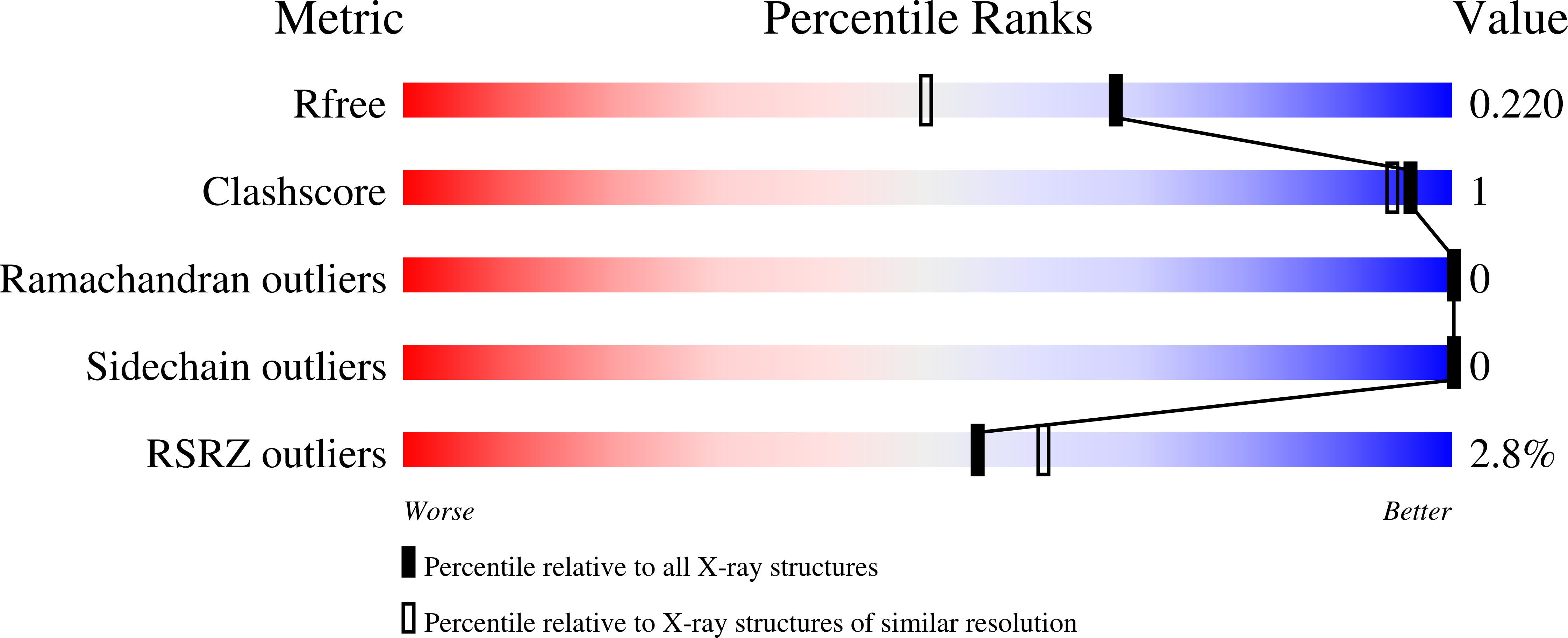
Deposition Date
2025-01-21
Release Date
2025-04-09
Last Version Date
2025-09-10
Entry Detail
PDB ID:
9MYB
Keywords:
Title:
Crystal structure of unliganded retro-aldolase RA95-Shell (280 K)
Biological Source:
Source Organism:
synthetic construct (Taxon ID: 32630)
Host Organism:
Method Details:
Experimental Method:
Resolution:
1.77 Å
R-Value Free:
0.21
R-Value Work:
0.18
R-Value Observed:
0.18
Space Group:
P 21 21 2


